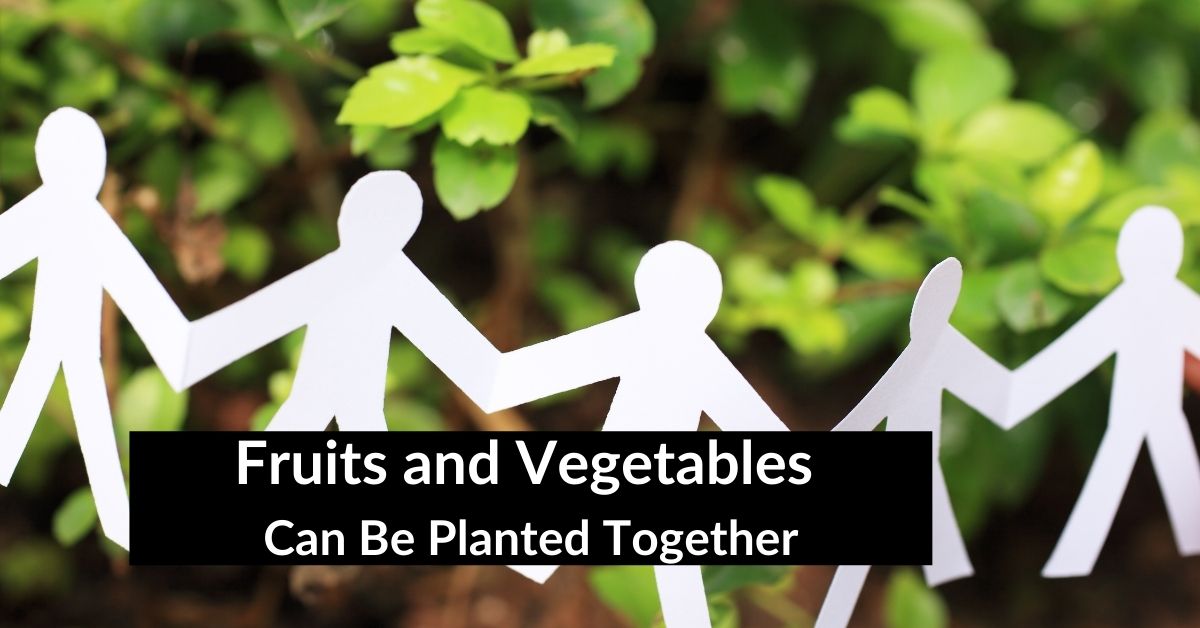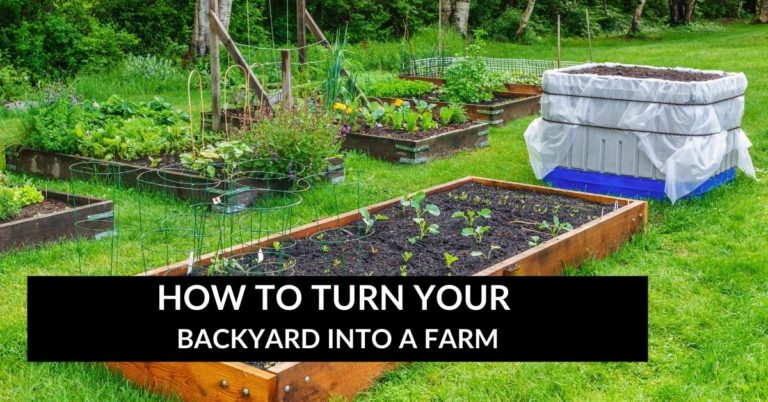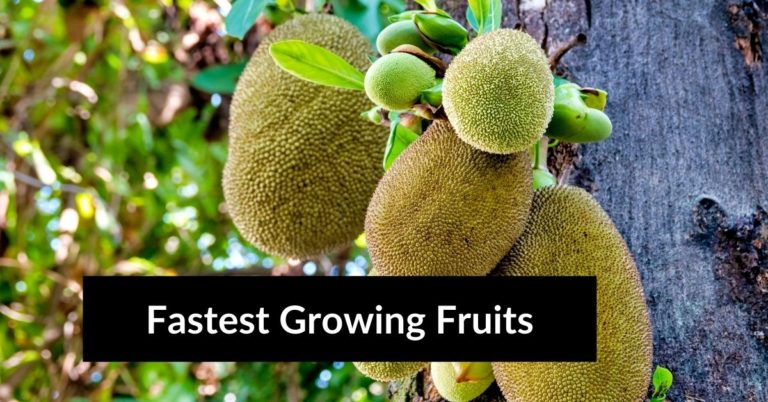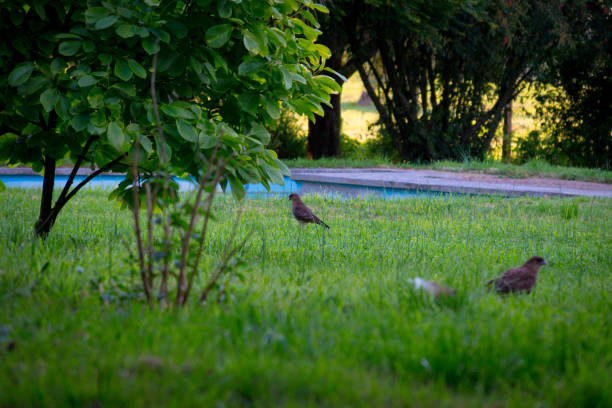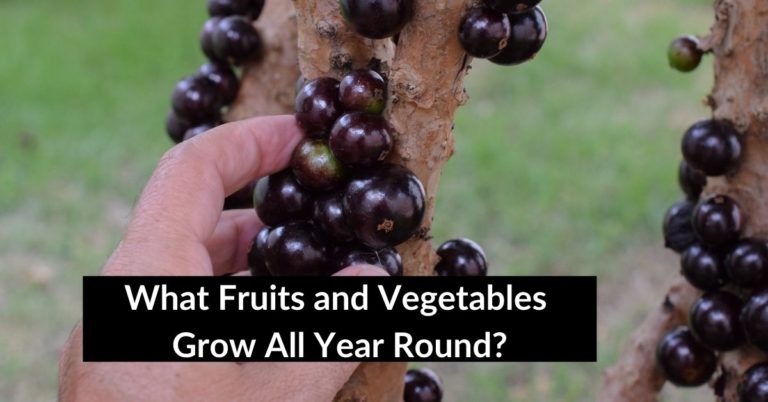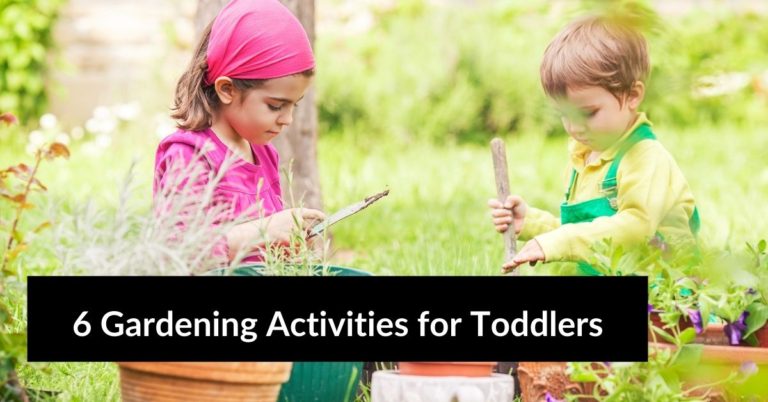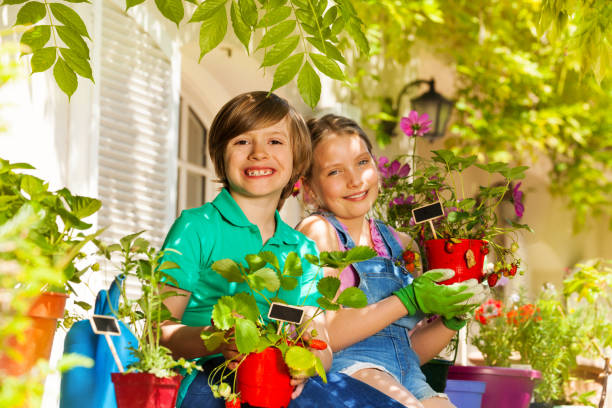What Fruits and Vegetables Can Be Planted Together?
This post contains affiliate links. This means I will make a commission at no extra cost to you should you click through and make a purchase. Read the full disclosure here.Are you passionate about gardening and looking to maximize your harvest while creating a harmonious garden ecosystem? Planting fruits and vegetables together can offer numerous benefits, including efficient space utilization, improved pollination, and natural pest control. In this article, we will explore the concept of companion planting and provide you with a comprehensive guide on which fruits and vegetables can be successfully planted together for a thriving garden.
Introduction
Planting fruits and vegetables together is an ancient practice that harnesses the positive interactions between different plant species. By selecting compatible plant combinations, you can create a garden ecosystem that promotes growth, enhances soil fertility, and reduces the need for chemical interventions.
The Concept of Companion Planting
Companion planting involves strategically placing plants together to optimize their growth and overall health. Certain plants have natural affinities, with one species benefiting the other by repelling pests, attracting pollinators, providing shade, or improving soil conditions. Understanding these plant relationships can significantly enhance your gardening experience.
Complementary Pairs of Fruits and Vegetables
To make the most of companion planting, consider these fruitful combinations:
Tomatoes and Basil
Tomatoes and basil make an excellent pairing in the garden. Basil acts as a natural pest deterrent, repelling harmful insects that can damage tomato plants. Additionally, basil’s aromatic foliage can enhance the flavor of tomatoes when used in culinary preparations.
Carrots and Onions
Carrots and onions are known to support each other’s growth. Onions repel carrot flies, which are common pests for carrot crops. Conversely, carrots can help deter onion flies. This combination also maximizes space utilization, as the carrots grow underground, and the onions occupy the space above.
Cucumbers and Radishes
Cucumbers and radishes thrive when planted together. Radishes repel cucumber beetles, a common pest that can damage cucumber plants. Furthermore, radishes mature quickly, providing shade for the emerging cucumber seedlings during the hot summer months.
Corn, Beans, and Squash
Corn, beans, and squash form the famous “Three Sisters” trio in companion planting. Corn provides support for the climbing beans, while the beans fix nitrogen in the soil, benefiting both corn and squash. Squash acts as a living mulch, suppressing weeds and conserving moisture.
Guidelines for Successful Companion Planting
To ensure successful companion planting, keep the following guidelines in mind:
- Sunlight Requirements: Group plants with similar light preferences together to prevent shading and ensure efficient resource utilization.
- Plant Height: Arrange plants according to their height, with taller varieties providing shade or support for shorter ones.
- Pest Control: Take advantage of natural pest repellents and attractants to minimize the use of chemical pesticides.
- Crop Rotation: Rotate crops annually to prevent the buildup of soil-borne diseases and pests.
- Succession Planting: Plan for continuous harvest by staggering planting times and replacing harvested crops with new ones.
Avoiding Incompatible Combinations
While some plants thrive in each other’s presence, others can inhibit growth or attract pests. To avoid incompatible combinations, refrain from planting the following together:
- Potatoes and Tomatoes: Both belong to the nightshade family and are prone to similar diseases.
- Cabbage and Strawberries: Cabbage can hinder the growth of strawberries.
- Beans and Onions: Onions can stunt the growth of beans.
Maximizing the Benefits of Companion Planting
To maximize the benefits of companion planting, consider incorporating the following strategies:
- Diverse Plant Selection: Create a diverse garden by combining various fruits, vegetables, herbs, and flowers to promote biodiversity and natural pest control.
- Attracting Beneficial Insects: Include plants that attract beneficial insects like ladybugs, lacewings, and bees, which aid in pollination and control harmful pests.
- Trap Crops: Plant sacrificial crops to divert pests from your main crops, ensuring minimal damage.
- Mulching: Apply organic mulch around plants to suppress weeds, conserve moisture, and improve soil fertility.
Final Thoughts
Incorporating companion planting techniques in your garden can significantly improve plant health, increase crop yields, and reduce the reliance on synthetic pesticides. By choosing compatible fruits and vegetables to plant together, you can create a balanced and sustainable garden ecosystem.
Remember, the key to successful companion planting lies in understanding the interactions between different plant species and experimenting with different combinations to find what works best for your garden.
FAQs
Can I plant strawberries near tomatoes?
While strawberries and tomatoes are not considered ideal companions, they can be grown together if sufficient space is provided between them to allow for proper air circulation. However, it is generally recommended to keep these plants separate to avoid potential diseases.
Which vegetables should I avoid planting together?
Avoid planting vegetables from the same family together, such as potatoes and tomatoes, as they are susceptible to similar diseases. Additionally, onions and beans should not be planted together, as onions can stunt the growth of beans.
Can I plant cucumbers and zucchini together?
Yes, cucumbers and zucchini can be planted together. They belong to the same plant family and can coexist without any major issues. Just ensure that they have enough space to grow and receive adequate sunlight.
Should I practice crop rotation with companion planting?
Yes, crop rotation is still essential even when practicing companion planting. It helps prevent the buildup of soil-borne diseases and pests and maintains the overall health of your garden.
How can I attract beneficial insects to my garden?
You can attract beneficial insects to your garden by planting flowers such as marigolds, lavender, and sunflowers. These flowers produce nectar and pollen, attracting beneficial insects like ladybugs, lacewings, and bees.

